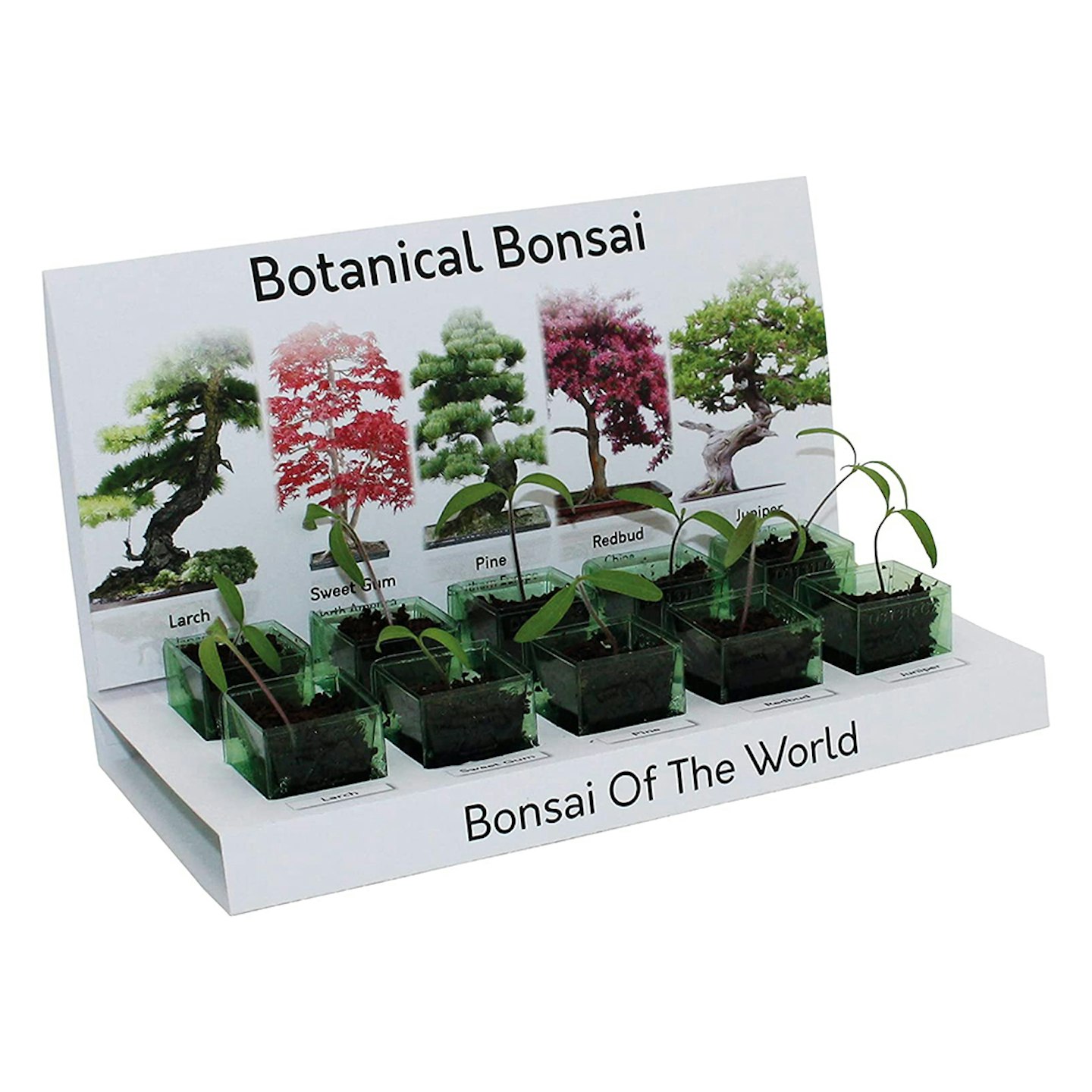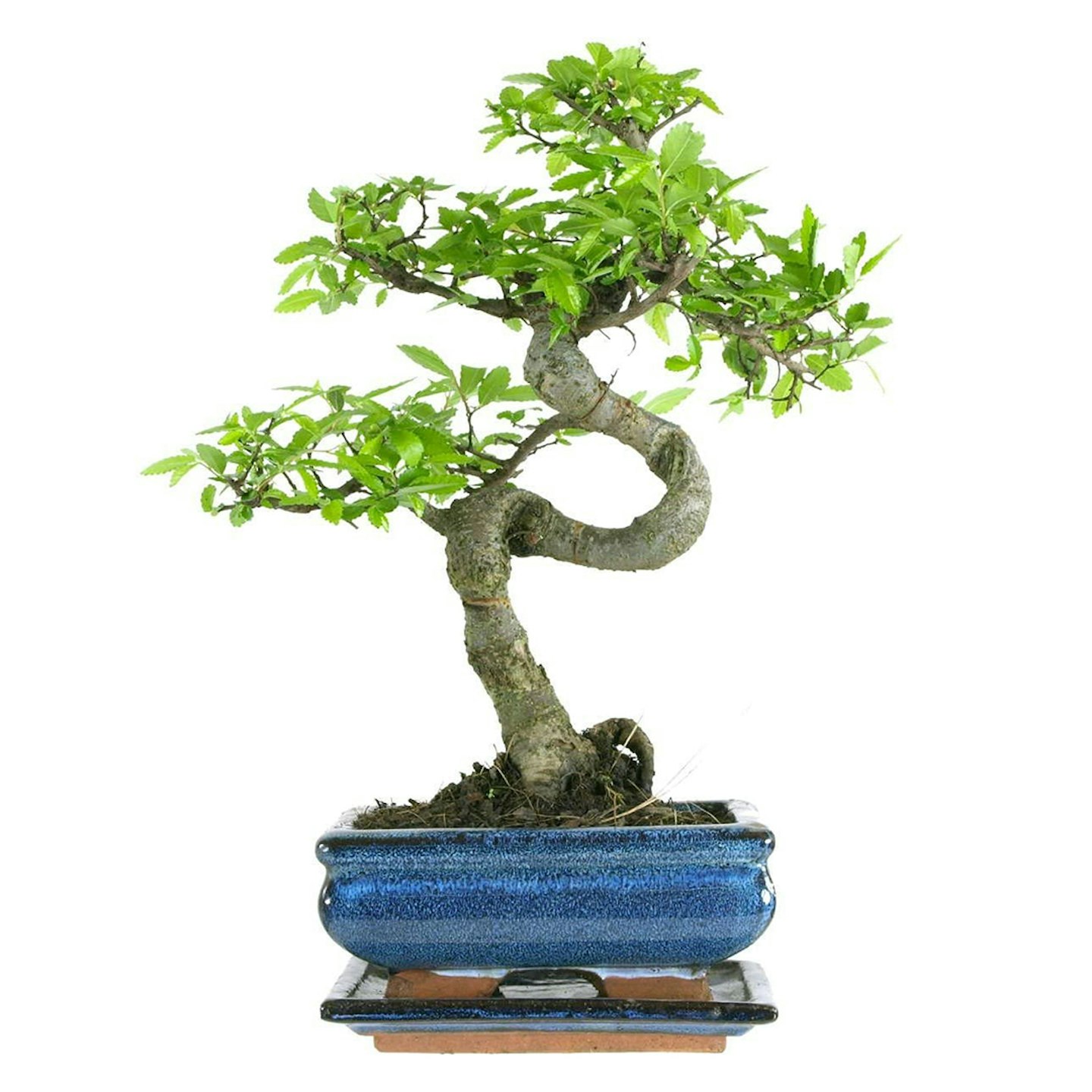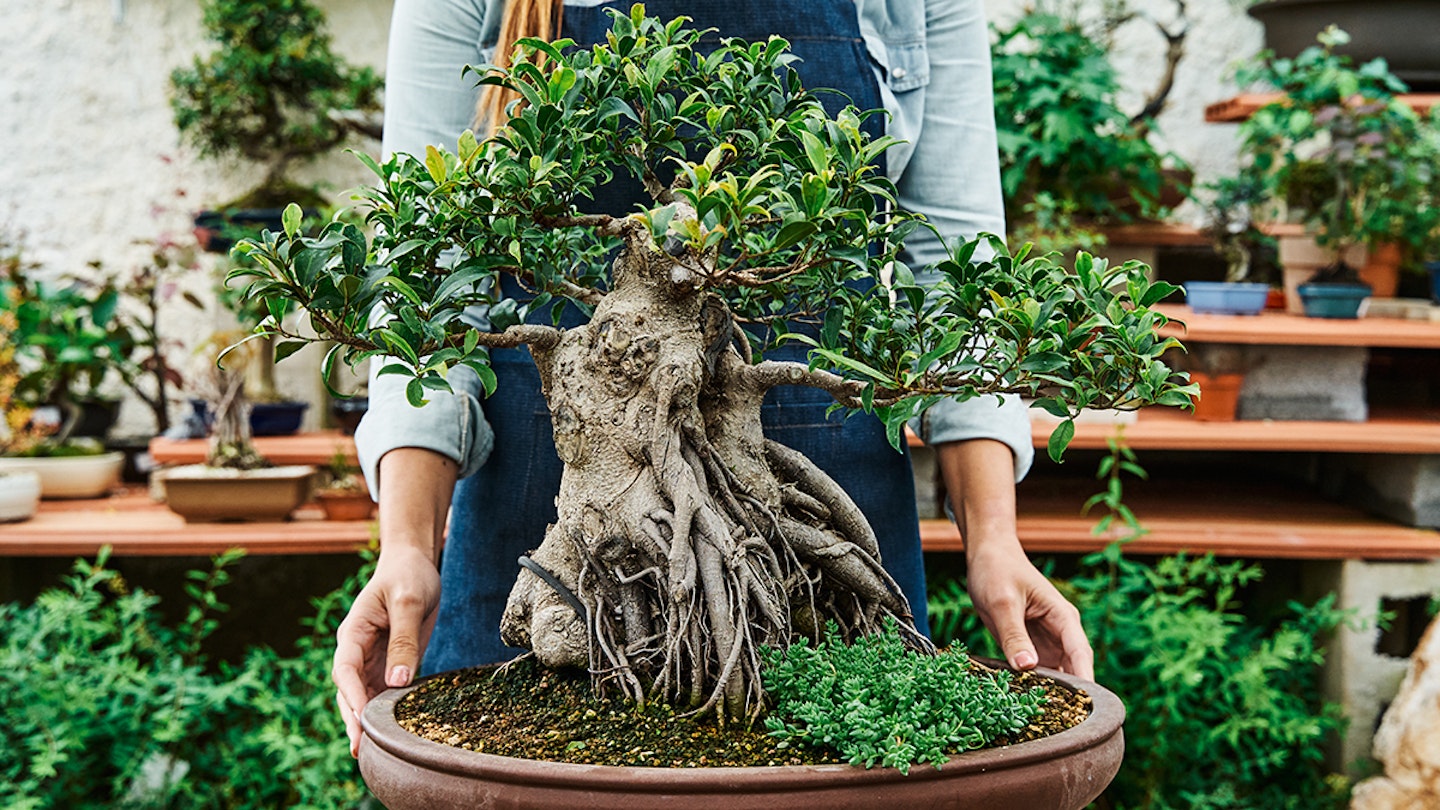We’ve all heard that indoor plants are continuing to grow in popularity but there’s one variety, in particular, that’s becoming a major trend.
Bonsai trees, which originate from China, demand huge amounts of care and attention – relying on their owners for trimming and tending – but recently some sellers have seen a rise of almost 700 per cent in the number of people buying one.
It’s thought to have become so popular because of the calming and mental health benefits of tending to such a needy yet beautiful plant.
What does bonsai mean?
Bonsai directly translates to "plant in a container" but as a whole, bonsai refers to the Chinese art of growing and nurturing miniature trees which represent life-size trees in nature.
How long do bonsai trees take to grow?
Depending on different conditions and variables, it can take a whopping 10-15 years to grow a bonsai tree.
The time it takes to grow a bonsai tree is similar to that of a full-size tree although it can actually be faster, simply because the care and attention that a bonsai tree receives.
Bonsai trees care
Location: First, deciding on the location of your bonsai tree is key. If you opt for an indoor species, this does not mean your bonsai will tolerate consistently low lighting. Make sure your bonsai is placed in front of a south-facing window, exposed to plenty of lighting throughout the day. For outdoor bonsais, a bright and sunny spot will work best. During winter, you may need to shelter your bonsai tree to avoid freezing or very low conditions, but this will all depend on the species you choose.
Watering: The next thing to think about is how often to water your bonsai. The watering frequency required will always depend on the type of bonsai tree you have, but as a general rule, make sure not to under-water or overwater. Under-watering is a frequent mistake due to the shallow soil layer - to avoid this, use your finger at one-centimetre depth to establish how wet or dry the soil is and act accordingly. You also don't want to drown your tree, so be sure to avoid watering if the soil looks wet.
Pruning: Other than keeping up the aesthetics, pruning is essential for the continual growth of your tree. For a full guide on pruning, see the video below.
Why is my bonsai tree turning yellow?
While seasonal changes including colour change are to be expected in a deciduous bonsai or during autumn, the yellowing of leaves can sometimes be an indication that something is wrong.
Everything from overwatering, lack of light and wrong climate can result in yellow leaves. Make sure to read up on your specific species, adapt your practice and await results. If in doubt, reach out to your supplier for more information.
Bonsai trees to buy
Just so you know, whilst we may receive a commission or other compensation from the links on this page, we never allow this to influence product selections.
 1 of 3
1 of 3Bonsai Tree Grow kit
There's everything you could need to grow five varieties of bonsai trees all year round in one gift box.
 2 of 3
2 of 3Chinese Elm
This is an uncomplicated, fast-growing indoor bonsai perfect for beginners.
 3 of 3
3 of 3Plant Theatre Bonsai Kit Trio
This kit comes with Silver Birch, Red Maple & Mountain Pine seeds and starting equipment.
Popular articles to read next
The best indoor succulents to bring instant happiness to your home
